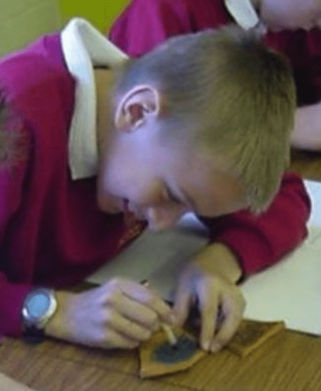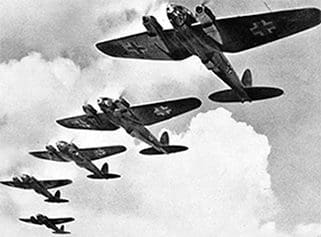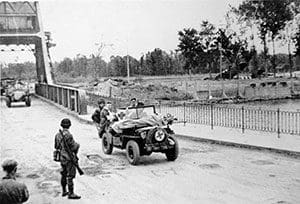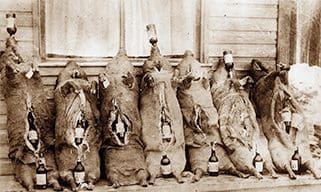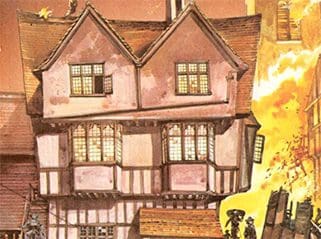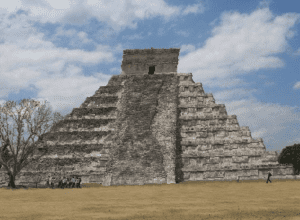
Lots of thinking has taken place to decide the best way to structure the new Edexcel 9-1 GCSE history course. The rationale behind this plan comes straight from successful classroom practice.. One of my former Advanced Skills Teachers has written this about planning the above course:
This Essential Guide shows you the best way to structure and teach the course.
It focuses on the most effective way to organise the different topics in the long term.
The free Schemes of Work cover all of the prescribed content, give ideas for teaching activities and offer plenty of assessment opportunities.
If you are a full / schools member of our site you will be able to download our PowerPoint lesson enquiries and printable classroom based resources. This will allow you to teach each lesson ‘off the peg’ or adapt them to your classes unique needs. You can join as a basic member completely free and use this essential guide to assist you structuring your new course.
Below is the half termly structure planner.
- Half term 1: Thematic study – Crime and Punishment through time
- Half term 2: Thematic study – Crime and Punishment through time
- Half term 3: Environmental unit – London in the 1880s
- Half term 4: British Depth Study – Early Elizabethan England
- Half term 5: British Depth Study – Early Elizabethan England
- Half term 6: Modern World Depth Study – Germany 1918 – 39
Year 11
- Half term 1: Modern World Depth Study – Germany 1918 – 39
- Half term 2: Modern World Depth Study – Germany 1918 – 39
- Half term 3: Period Study – Super Power Relations and the Cold War 1941-91
- Half term 4: Period Study – Super Power Relations and the Cold War 1941-91
- Half term 5: Review / revision (although revision should be built in to each unit from year 10).
Timings
The time allocated to each of the elements of the specification reflects the weighting of that element, as shown here:
- Crime and Punishment is worth 20% of the final mark. 12 weeks.
- London in 1880s is worth 10% of the final mark. 6 weeks.
- Elizabethan England is worth 20%. 12 weeks.
- Cold War Period study is worth 20%. 12 weeks.
- Germany 1918-39 is worth 30%. 18 weeks.
The timings have been allocated based on 60 weeks’ worth of study in total. This is 39 weeks for year 10 and 21 weeks for year 11. Obviously you need to remember that this is just a guide, and that your time may be eaten into by a whole host of interruptions. the aim is to finish the course and use the last half term to review and revise all of the topics again.
The timings have been worked out on a premise of between two and a half, and three hours, of history lessons per week.
Why is this model the best pathway?
Coherence
It is best to start the whole course with a chronological framework. The Crime and Punishment unit does this well.
By studying a thousand years of history your students will build on/be given a clear big picture of the past. This is vital in itself and often overlooked at KS3.
This chronological frame work gives you a spring board from which you can jump into all of the other units you cover.
Once you have covered the Crime and Punishment unit, you can keep returning to this thousand year framework (which you will have displayed on your wall) at the start of each new topic.
Ask questions like: ‘What can you remember about Crime and Punishment in 1500-700?’…’ ‘We are now going to be looking in depth at the Elizabethan era…’
Focusing purely on Britain in the first year and completing the ‘wider world’ in the second year (year 11) gives the two different year studies their own coherence too.
Germany should be studied before the Cold War to give the year 11 a neat chronological flow.
Starting Germany 1918-39 before the Cold War gives the division of Germany in the early post war period a context. Students will see the rationale for Germany’s division. We must remember that The Cold War Period study is part of the Paper 2 alongside the Elizabethans.
Engagement
Starting with Crime and Punishment provides a complete contrast to many KS3 topics which often focus in year 9 on the 20th century.
Experience tells us that Crime and Punishment is completely new and the thematic approach provides a good focus on change and continuity which sometimes, isn’t so well covered at KS3.
This topic is also less political as its focus is on social history which some students find easier.
Access and Challenge
The second order concepts each topic focuses upon lends itself to an approach which starts with the teaching of Crime followed by the Elizabethans and finishing with Germany and the Cold War.
Starting with change and continuity, causation and use of sources (with crime and the environmental unit) makes more sense , as it builds confidence and develops a ‘can do’ mentality amongst your students. This is vital for success in the new GCSE history course.
Read Edexcel’s further guidance on question types for interpretations and source style questions here.
The ‘harder’ interpretations and significance comes with the topics that are taught in year 11 (Germany for interpretations, consequences/significance and narrative writing/account writing for the Cold War period study).
The political themes and concepts also come in the second year of the course.

